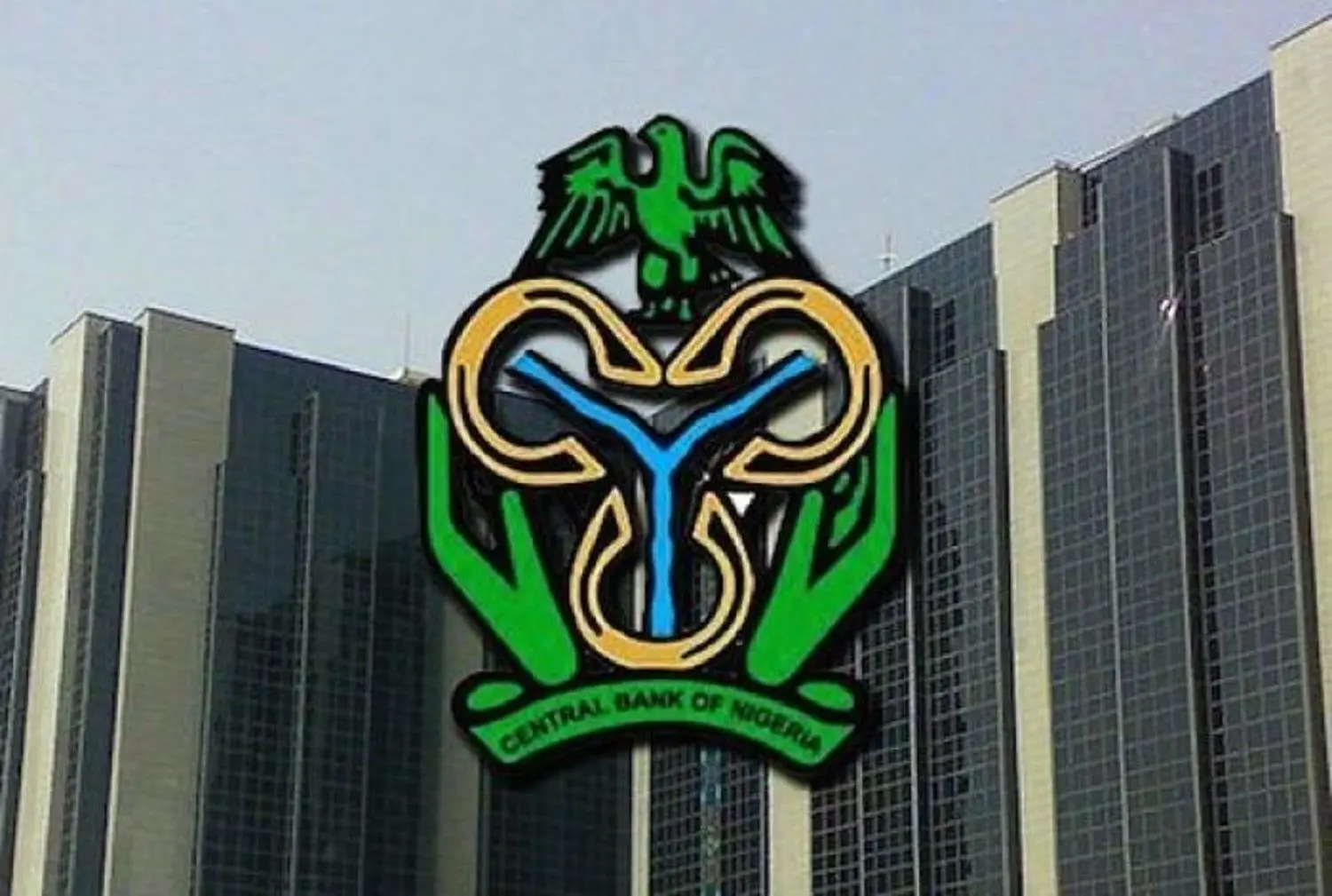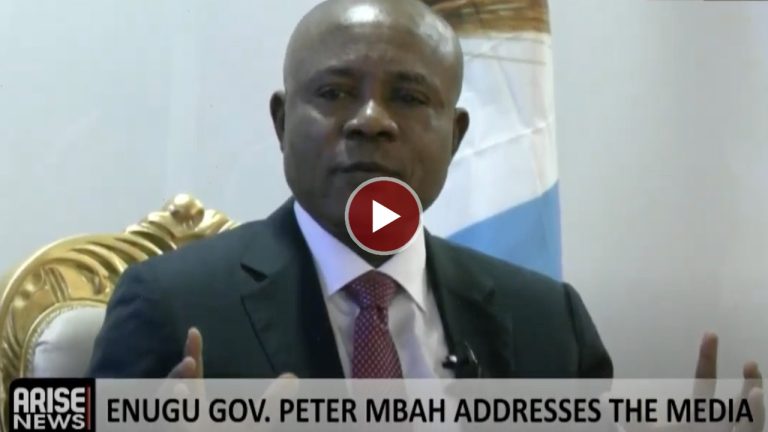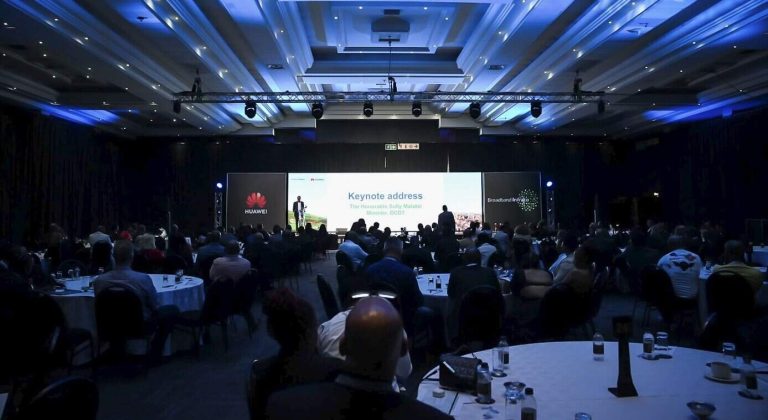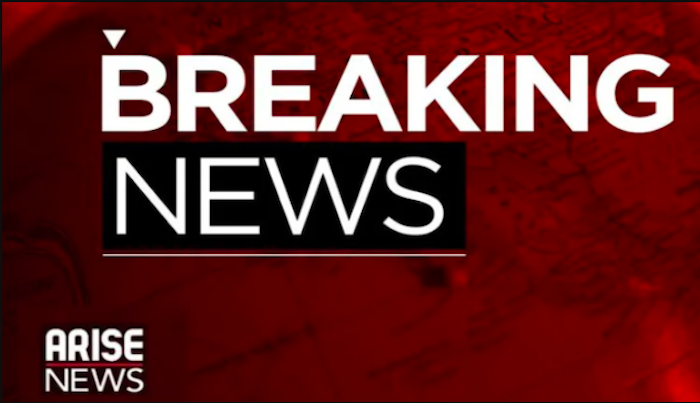
Deposits by Nigerian banks with the Central Bank of Nigeria (CBN) jumped by 568.7 percent year-on-year to ₦146.13 trillion in the first nine months of 2025, up from ₦21.85 trillion recorded in the corresponding period of 2024.
The surge points to growing excess liquidity in the financial system and the impact of the apex bank’s shift to a single-tier remuneration structure for the Standing Deposit Facility (SDF) introduced last year.
Trend data show that banks’ placements in the SDF climbed by 158.4 percent quarter-on-quarter, rising from ₦19.22 trillion in Q1 2025 to ₦49.68 trillion in Q2, and further up by 55.4 percent to ₦77.23 trillion in Q3 2025. The highest monthly deposit, ₦50.73 trillion, was recorded in September 2025.
Analysts say the strong use of the SDF window suggests banks are holding idle cash rather than extending new credit, despite sustained policy efforts to stimulate lending.
Meanwhile, the Monetary Policy Committee (MPC) last week cut the Monetary Policy Rate (MPR) by 50 basis points to 27 percent, as part of measures to balance growth with price stability.
The CBN operates two main short-term lending mechanisms for banks — the Standing Lending Facility (SLF) and Repurchase (Repo) agreements — while it accepts deposits through the Standing Deposit Facility (SDF) at an interest rate of MPR minus 100 basis points.
However, data show that banks’ borrowings through the SLF dropped by 12.4 percent year-on-year, to ₦69.37 trillion in the first nine months of 2025, compared with ₦87.09 trillion in the same period of 2024.
Quarterly analysis indicates that SLF borrowings surged by 61 percent to ₦50.46 trillion in Q2 2025, up from ₦9.38 trillion in Q1, before rising again to ₦10.67 trillion in Q3, representing a 78.8 percent increase. The lowest borrowing level, just ₦322 million, occurred in September 2025.
The decline in overall borrowing from the CBN is partly attributed to liquidity constraints in the interbank money market, even as the apex bank continued to mop up excess liquidity through the sale of Open Market Operations (OMO) Treasury Bills.
Figures from the CBN show that ₦15.23 trillion worth of OMO bills were sold in the first nine months of 2025 — an 86.6 percent increase from the ₦8.16 trillion sold in the same period last year.
Financial analysts say the mix of higher deposits, reduced borrowing, and stronger OMO activity underscores the CBN’s ongoing effort to manage liquidity pressures while maintaining stability in the banking sector.



